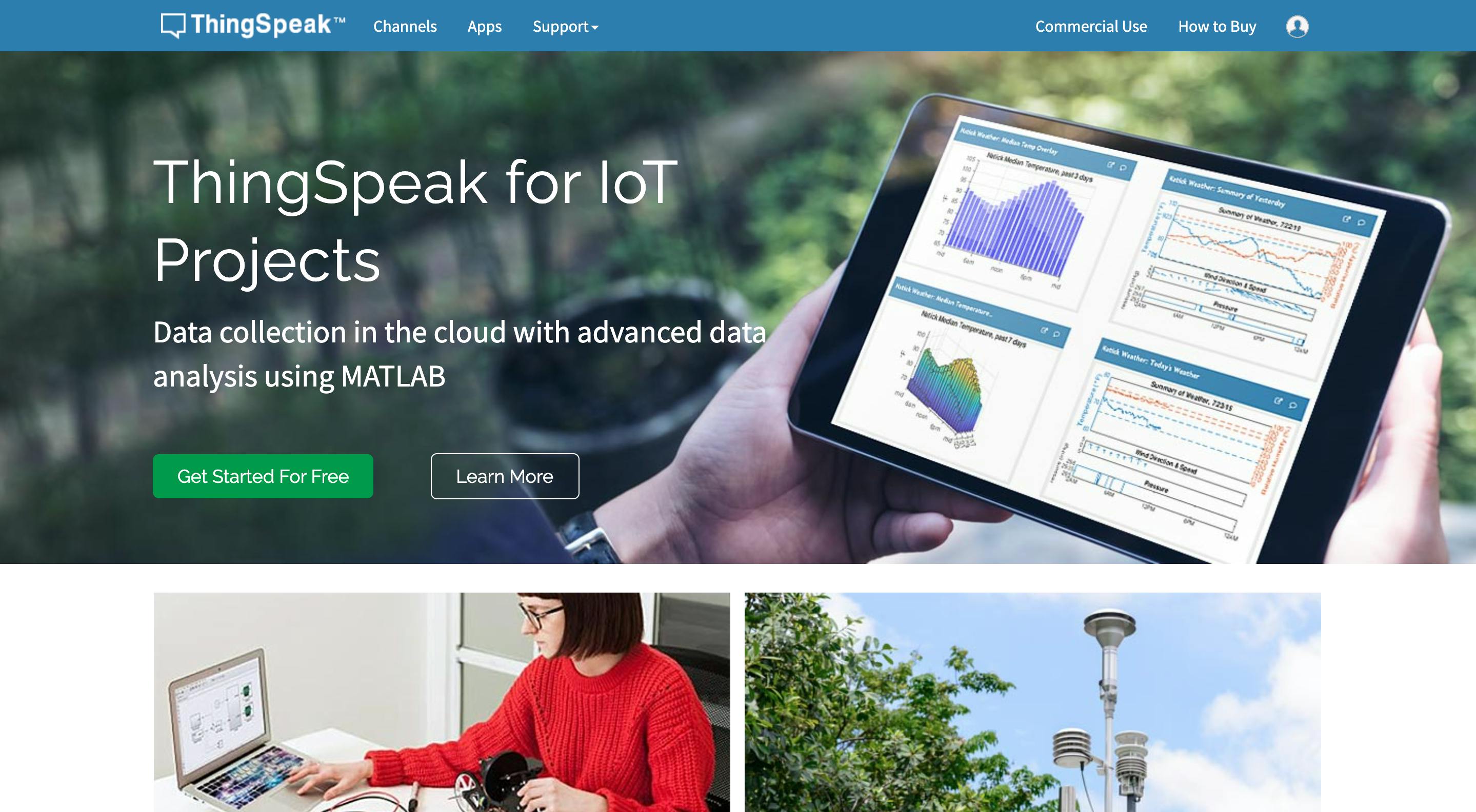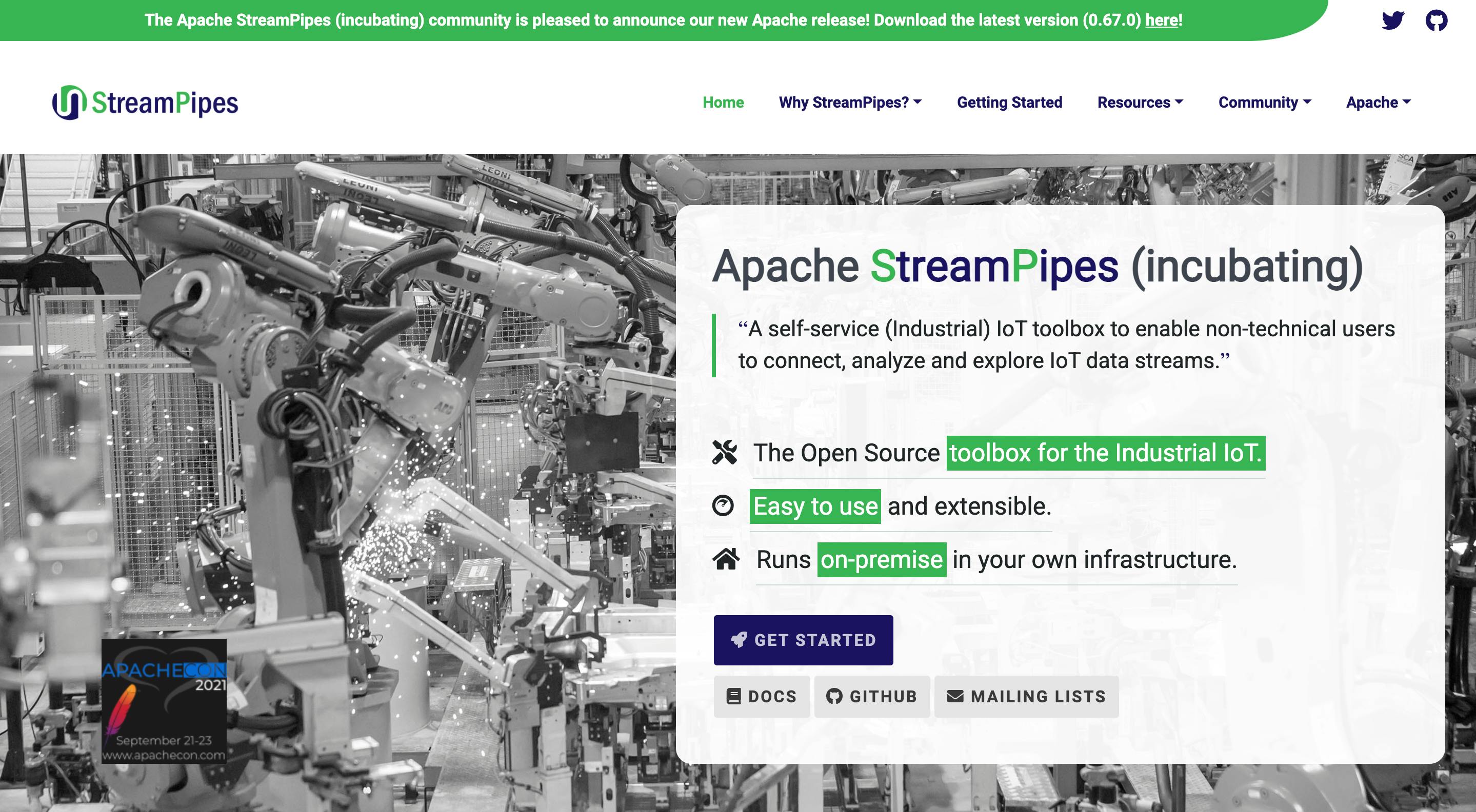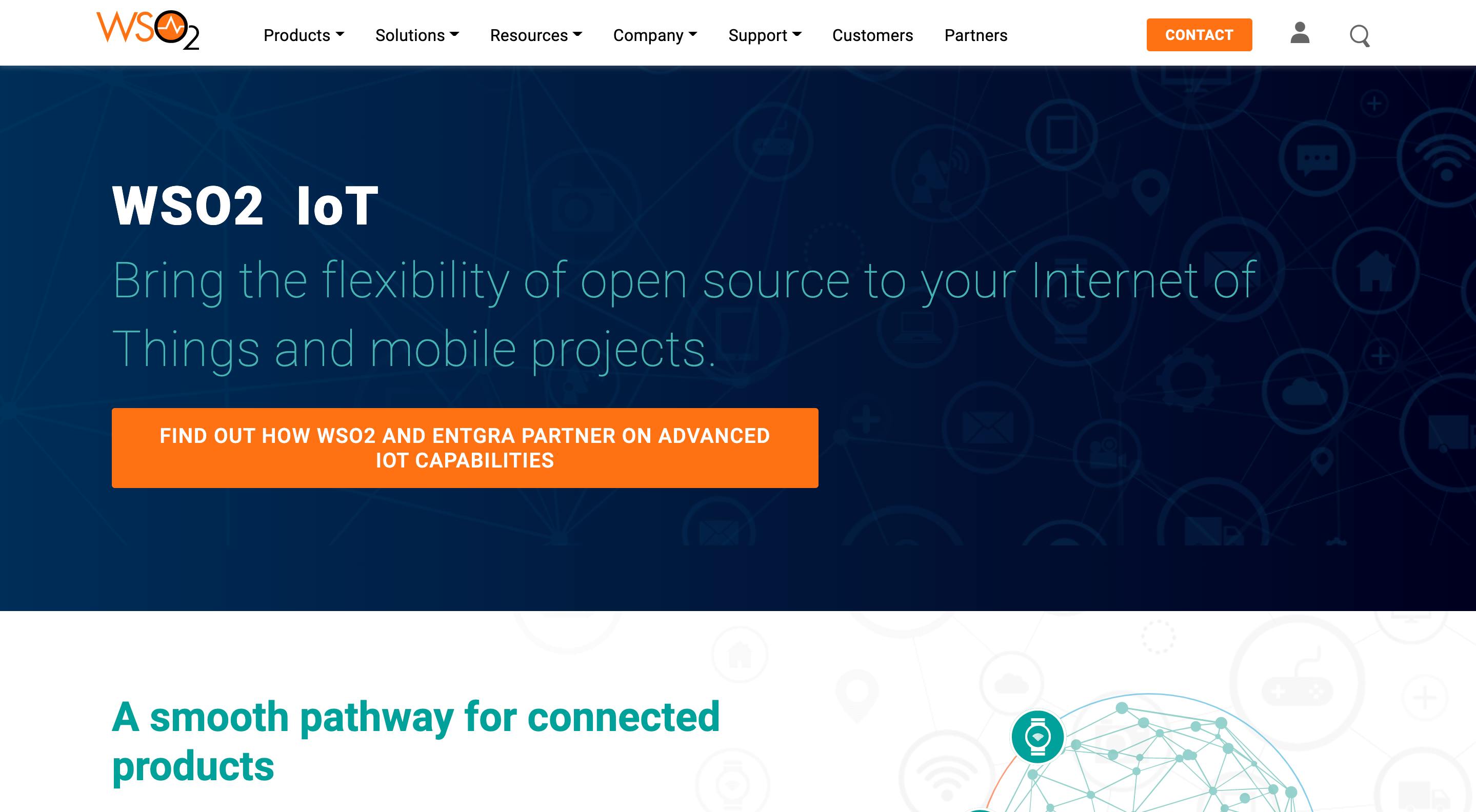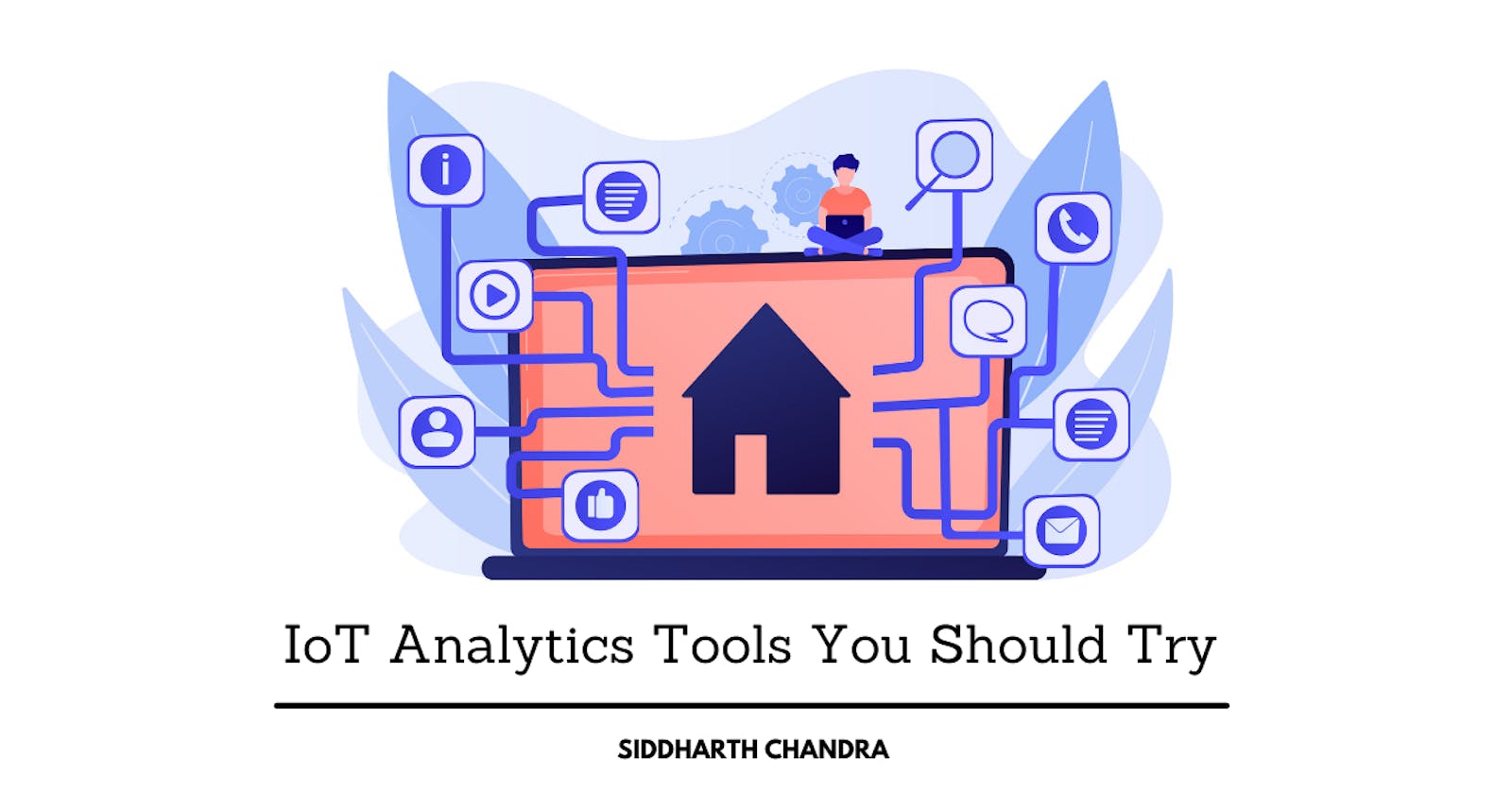IoT devices across the world are estimated to generate 79.4 ZettaBytes of data by 2025. As the IoT market is steadily growing, there is a need to perform IoT analytics to derive meaningful information from the data collected.
The volume of data is very high, the data is heterogeneous and varied and 1.79 GB of data is generated every second making it a highly complex attributed data.
While many tools exist, only a few can perform well and overcome the above-mentioned disparities with the data. Below are five open source tools for IoT analytics that are best suited to accommodate these complexities of IoT data sets.
All of them are interoperable and robust in performing analytics. Tech professionals across the globe trust them for their scalability, reliability and even for data security.
Countly
Popularly known as one of the best open-source tools for IoT Analytics, Countly makes a compelling market presence through its Web Analytics and marketing platform capabilities. Developed on Node.js, Countly's open-source SDKs are compatible with a range of modern-day devices - web-based, mobile, smart TVs, smartwatches and other IoT smart devices.

In Countly, web analytics is provided from a granular level. The tool gives users the option to create funnel visualisation and heat maps.
ThingsBoard
This open-source IoT platform for collecting, processing, analysing and visualising telemetry sensor data is scalable, fault-tolerant and geared for high-performance computing. The toolkit's core service, the ThingsBoard node, written in Java, is responsible for transferring data using REST API calls.

ThingsBoard is best known for its real-time IoT dashboard. The toolkit offers more than thirty customisable widgets to create rich visualisations, perform deep analytics and provide compelling IoT use cases.
ThingSpeak
The data aggregation and analytics IoT toolkit, ThingSpeak, offers non-commercial open-source solutions that can visualise IoT device data using MATLAB widgets. ThingSpeak's reputation can be attributed to its seamless integration with the MathWorks product suite. This robust IoT analytics tool supports Raspberry Pi, Arduino and NodeMCU devices.
IoT sensor data transferred to the ThingSpeak cloud using Restful APIs and HTTP protocol can be analysed and visualised for more in-depth insights using MATLAB software. There are also options to retrieve data in JSON, XML and CSV formats for manual data analysis and reporting.

ThingSpeak also has a paid commercial toolkit, but its open-source and free to use solutions that work alongside MATLAB computational algorithms are more than well-suited for performing the fundamental IoT data analysis and visualisation (speaking from personal experience, check out AQMS).
Apache StreamPipes
This industrial analytics toolkit is known to help both non-technical and technical users to collect, analyse and study IoT data sets. StreamPipes uses Machine Learning algorithms to perform advanced analytics, pattern detection, predictive analysis, anomaly detection and temporal analysis.
StreamPipes Connect, the in-built channelisation framework, can collect data inputs both from IoT device archived and real-time data sets.

One of the unique features of StreamPipes is its ability to aggregate geographically distributed data pipelines in real-time, thereby creating possibilities to perform edge computing on IoT data.
WSO2 IoT Server
A server for the IoT platform released under Apache 2.0 license, this toolkit is trusted to offer versatile solutions with edge computing. WSO2 IoT Server creators pride themselves on its seamless integration, easy-to-deploy drag/drop widgets and platform scalability.
WSO2 uses WSO2 Data Analytics Server (WSO2 DAS) to perform real-time analysis, batch analysis, interactive analysis and predictive analysis. WSO2 Complex Event Processor (WSO2 CEP) is used to handle millions of data aggregations per second.

WSO2 also provides analytics extension event adapters for HBase, RabbitMQ and Twitter, in addition to the native built-in event adapters available on its analytics platform.
What is happening?
Industries such as retail, pharma, healthcare, manufacturing and even smart cities project are increasingly gaining momentum in terms of artificial intelligence, machine learning and data analytics.
Fortune 500 companies are already deploying IoT architecture in order to have a better understanding of their business processes and customer preferences.
IoT data analytics is transforming enterprises and businesses already. Therefore, the sooner we adapt to achieving new possibilities with IoT, the better our stakes will be to make early gains from them.
Well, that's it from me!
If you ask me, I am more biased towards using ThingSpeak as my first choice to do IoT analytics, as I have done one of my college projects using that.
To know more about that project, check AQMS.
Just starting your Open Source Journey? Don't forget to check Hello Open Source
Need inspiration or a different perspective on the Python projects or just out there to explore? Check Awesome Python Repos
Want to make a simple and awesome game from scratch? Check out PongPong
Want to ++ your GitHub Profile README? Check out Quote - README
Till next time!
Namaste 🙏

